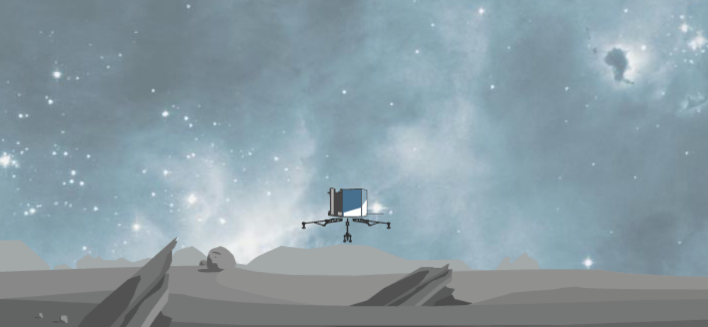
The lines between digital video and TV are blurring to the point of going away at the BBC.
The BBC’s two-year-old visual journalism unit services its online and TV output with graphics and data visualizations for its TV and digital news channels. The unit comprises of 10 online journalists, 10 online designers, 10 developers and around 50 TV designers; a setup that epitomizes the need for inter-disciplinary skill sets for TV and Web output.
Amanda Farnsworth, editor of visual journalism at the BBC, is tasked with tying together the production of graphics for TV and Web. When the unit was established after the 2012 Olympic Games, Farnsworth said one of the key requirements was to help its various team members understand each others capabilities. The unit continues to promote awareness of its team members’ capabilities and train them up to collaborate better.
“We gave people the opportunities to actually go and work on projects that taught them new things. Some of our journalists have done After Effects training, while some of our TV designers have trained on Illustrator and have started doing attachments for online design. Some of our journalists have gone to work outside in other bits of BBC News in either online and TV,” said Farnsworth. “This develops our capacity to think differently about the next project we’re involved in, how it might work across platforms, and to innovate in that area. You suddenly have people who have got a better understanding of more than one medium.”
This cross-disciplinary approach is helping it produce better output much quicker. After all, having journalists that can write code and create basic prototypes speeds up the process of getting projects off the ground. But this approach to visual journalism is also solving three key audience challenges for the BBC.
The first challenge is distinctiveness; making your contribution to a story stand out against several other news sites. One example of the BBC doing so is its online game, which challenges users to guide the Philae lander successfully onto the surface of a comet.
Its investment in visual journalism helps bring clarity to complex stories, but not all of it is done on a big budget. Its explanation of the rise of the Islamic State was produced using Mozilla Popcorn, an open source tool for interactive video creation.
Farnsworth said its visual journalism also helps challenge the image of the BBC being an old institution which is behind the times. Its daily #BBCGoFigure news infographic helps entice viewers on social platforms, who might not ordinarily go direct to the site, back to the BBC’s output.
Publishers are trying to up their output of visual content. Only last week, The Financial Times editor Lionel Barber said its journalists should consider “text plus” — images, video, graphics and the like — “in an integrated form early in the process”. But clearly, the BBC is in a privileged position to produce visual journalism for the web.
The BBC’s license-fee funded model means that it doesn’t have to make a financial return on investment. Added to that, its broadcast legacy gives it strong video assets and skills to use to illustrate news online. Guardian News & Media has urged the BBC to share those video assets in recent weeks to help level the playing field for visual web content. Putting those arguments aside, it’s Visual Journalism Unit shows what is possible with online video when the right mix of expertise, and budget, are put in place.
The unit’s next upcoming priority is the 2015 General Election. In addition to up-skilling its teams, its project management skills will be vital to ensure its visual output runs smoothly.
“[As a team] we are far more joined up now — more than we ever have been before in terms of TV and online working together. We have a project manager managing our election output who is working across platforms — that’s hugely valuable. I’m a huge believer in project management,” she said.
More in Media

With Firefly Image 3, Adobe aims to integrate more AI tools for various apps
New tools let people make images in seconds, create image backgrounds, replacing parts of an image and use reference images to create with AI.

Publishers revamp their newsletter offerings to engage audiences amid threat of AI and declining referral traffic
Publishers like Axios, Eater, the Guardian, theSkimm and Snopes are either growing or revamping their newsletter offerings to engage audiences as a wave of generative AI advancements increases the need for original content and referral traffic declines push publishers to find alternative ways to reach readers.

The Guardian US is starting its pursuit of political ad dollars
The Guardian US is entering the race for political ad dollars.





